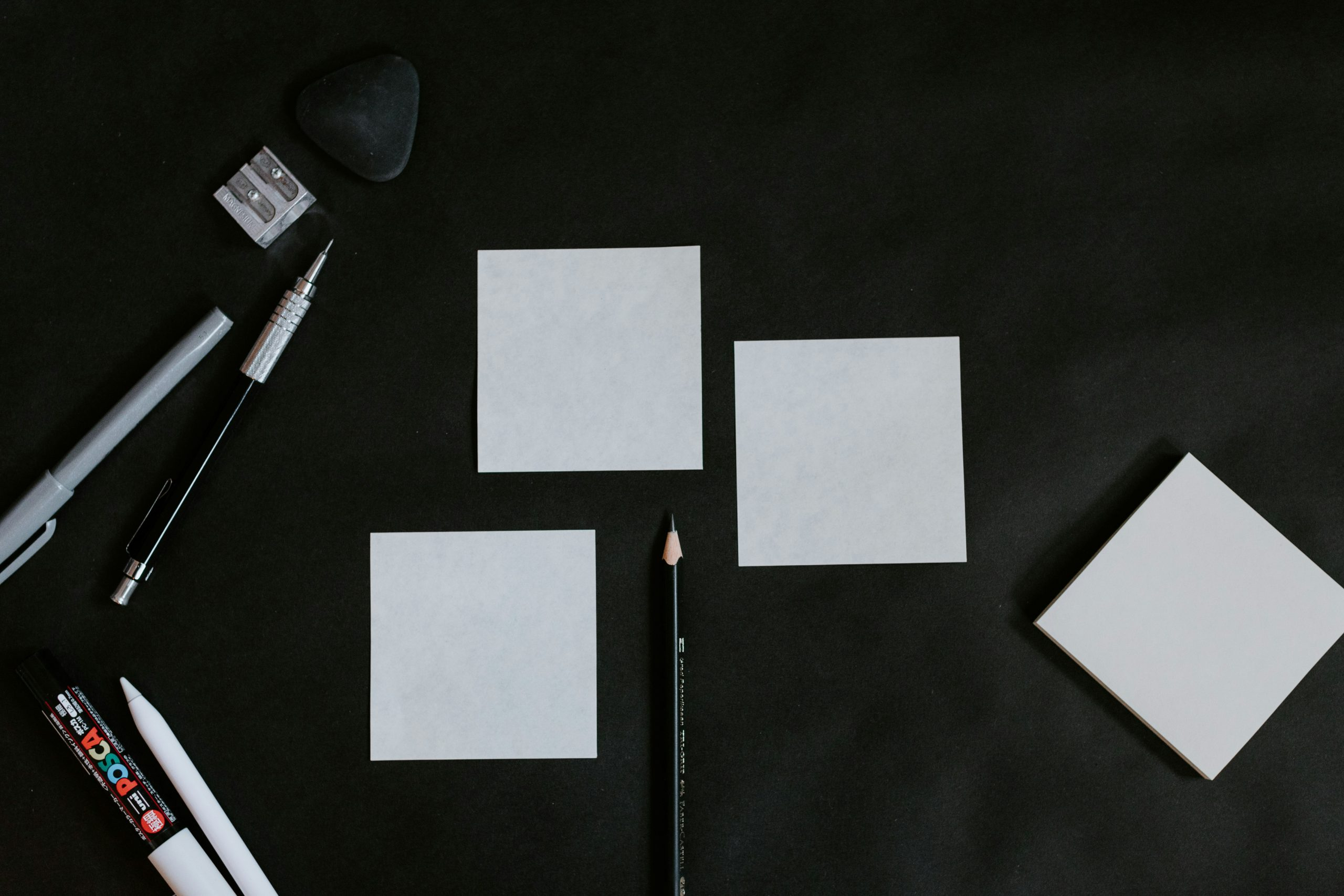Creative Journaling Techniques for Self-Discovery
If you’re looking for a way to dive deeper into your inner thoughts and emotions, creative journaling may be just the tool for you. This unique and personal form of self-expression has been proven to be a powerful method for self-discovery and self-reflection. Through various techniques and approaches, creative journaling allows you to tap into your inner creativity and explore your inner world in a safe and therapeutic way. In this article, we’ll dive into some of the most effective creative journaling techniques for self-discovery.
The Power of Creative Journaling
Journaling is not a new concept – people have been using journals to record their thoughts and feelings for centuries. However, creative journaling adds an extra layer of depth and exploration to the process. By incorporating art, writing, and various other creative mediums, you can tap into your subconscious mind and uncover hidden thoughts and feelings.
Creative journaling can help you gain a deeper understanding of yourself and your emotions. It can also serve as a therapeutic outlet for stress, anxiety, and other negative emotions. Unlike traditional journaling, which often focuses on events and facts, creative journaling is more abstract and free-flowing, allowing for a deeper exploration of your inner self.
5 Creative Journaling Techniques for Self-Discovery
1. Free-Writing and Mind Mapping
One of the simplest and most effective creative journaling techniques is free-writing. Set a timer for 10-15 minutes and write continuously without stopping or editing yourself. This allows your thoughts to flow freely and can often lead to surprising insights. You can also use mind mapping, a visual form of brainstorming, to map out your thoughts and emotions. Start with a central idea or feeling and branch out from there, making connections and exploring different aspects of your inner world.
2. Collage and Vision Boards
Collage and vision boards are fun and creative ways to explore your desires and dreams. Collect images, words, and objects that resonate with you and create a visual representation of your goals, hopes, and aspirations. This process can help you understand your inner motivations and values, and even help you set achievable goals for yourself.
3. Dialogue Writing
Dialogue writing is a powerful technique that involves writing a conversation between different parts of yourself – your inner critic, your inner child, and your rational self. This method can help you gain insight into your internal conflicts and find a resolution. You can also use this technique to explore different aspects of your personality and better understand yourself.
4. Doodles and Mandala Drawing
Drawing and doodling can be incredibly therapeutic and can help you access your subconscious mind. Simply let your pen or pencil move across the page without any specific intention or goal in mind. You can also try mandala drawing, a form of geometric art that is said to represent the universe. Focusing on drawing and coloring these intricate designs can be very calming and can help you tap into your creativity and inner self.
5. List-Making and Bullet Journaling
For those who prefer a more structured approach, list-making and bullet journaling can be effective creative journaling techniques. Write out lists of your favorite things, things you’re grateful for, or things that inspire you. You can also create a bullet journal, using symbols and icons to track your mood, habits, and thoughts. These methods can help you stay organized while also allowing for self-reflection and self-discovery.
In Conclusion
Creative journaling is a wonderful tool for self-discovery and self-growth. Through various techniques and approaches, you can tap into your inner creativity and explore your inner world with honesty and curiosity. Find the techniques that resonate with you and incorporate them into your daily routine for a deeper understanding of yourself and your emotions.










